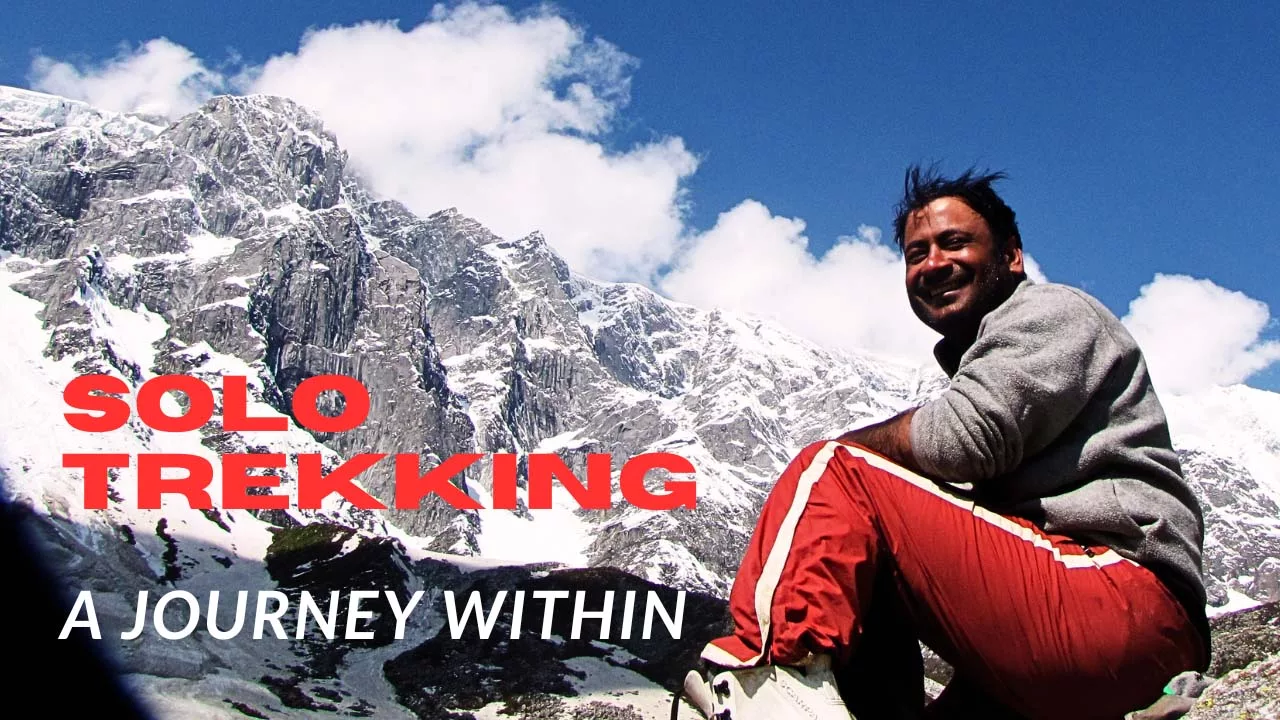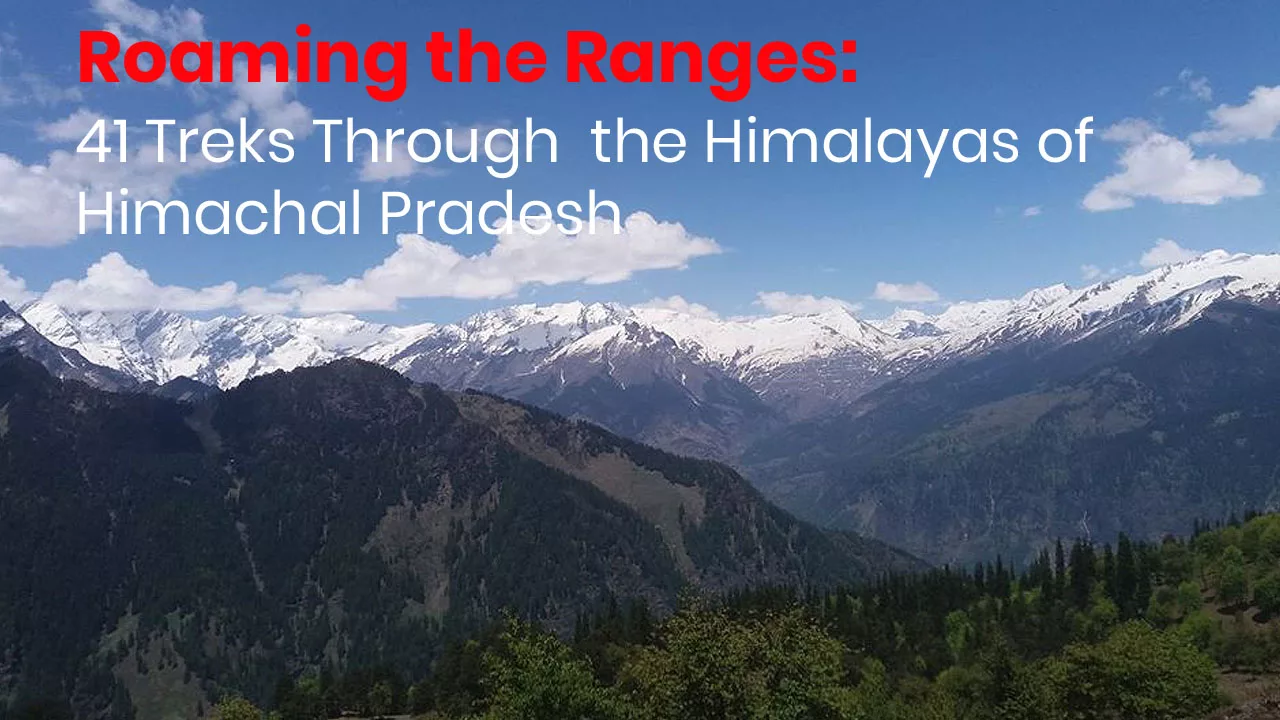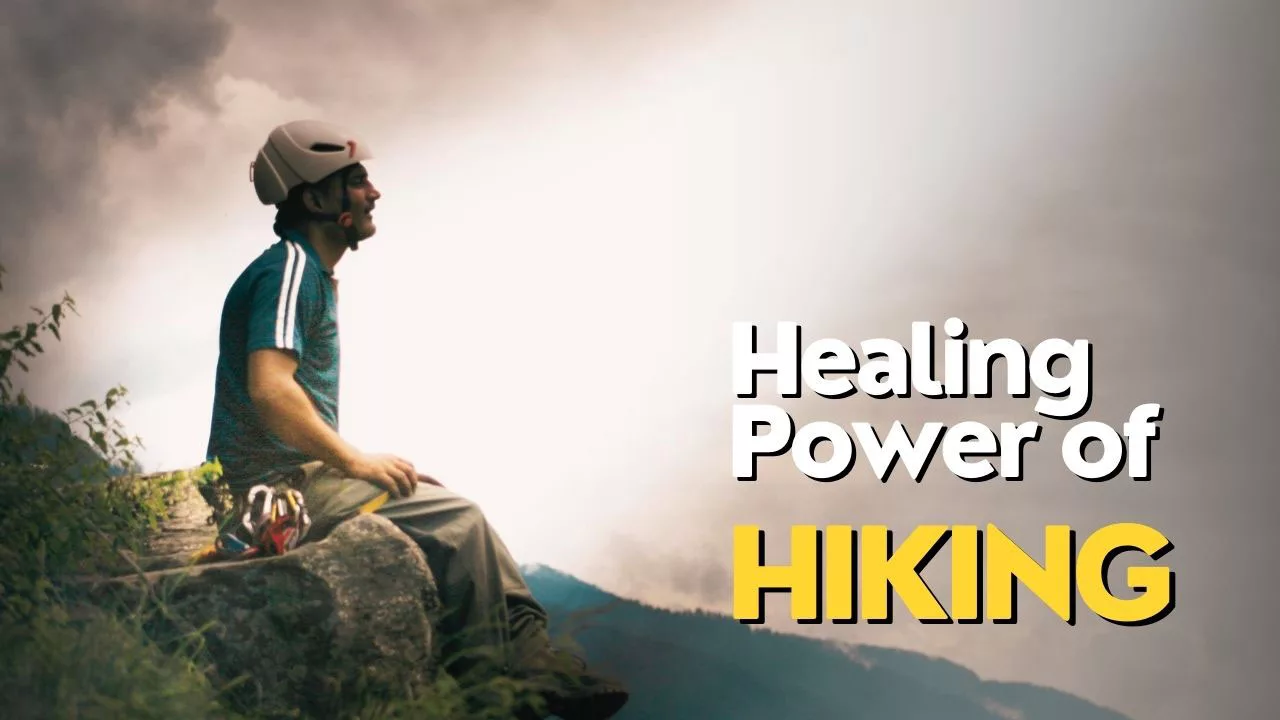Solo Trekking: A Journey Within
Blogs
Solo trekking is a liberating experience that allows you to connect with nature, challenge yourself, and find solace in solitude. As an adventure travel company, Ascent Descent Adventures, we understand the allure of solo trekking in the Indian Himalayas. In this blog, we will delve into the world of solo trekking, sharing insights, tips, and the profound experiences that await those who choose to wander alone in these majestic mountains.

The Call of the Mountains:
The Indian Himalayas beckon adventurers from around the world with their towering peaks, lush valleys, and serene landscapes. Solo trekking is a unique opportunity to immerse yourself in this pristine wilderness and forge a deep connection with the mountains.
Choosing the Right Trek for Solo Trekking:
Selecting the right trek is paramount when embarking on a solo journey. Consider factors like your fitness level, trekking experience, and the season. Some popular solo trek options in the Indian Himalayas include the Triund Trek in Dharamsala, the Dodital Trek in Uttarkashi, and the Bhrigu Lake Trek in Manali. Each offers a distinct experience, from high-altitude challenges to lush meadows filled with vibrant flora.

Solo Trekking: Planning and Preparation
Proper planning and preparation are the keys to a successful solo trek. Here are some essential steps to take:
1. Research: Thoroughly research your chosen trek, including the trail, weather conditions, and necessary permits.

2. Packing: Pack wisely, bringing essential gear like a sturdy backpack, warm clothing, trekking boots, a first-aid kit, and a reliable map or GPS device.

3. Fitness Training: Prioritize physical fitness by training for the trek, focusing on endurance and strength.
4. Safety Measures: Share your itinerary with a trusted friend or family member and carry emergency communication devices.
The Solo Trekking Experience:
Self-Discovery: Solo trekking offers moments of introspection and self-discovery. Amidst the serene landscapes, you’ll find clarity and a deeper understanding of yourself.
Freedom: Traveling alone allows you to set your own pace, make spontaneous decisions, and fully immerse yourself in the surroundings.
Connecting with Locals: Interacting with the welcoming Himalayan communities can be a highlight of solo hiking. You’ll gain insights into their way of life and build meaningful connections.
Overcoming Challenges: Solo trekking is not without its challenges. From navigating tricky terrain to dealing with solitude, each obstacle is an opportunity for personal growth.

Solo Trekking: Safety and Responsible
Safety should always be a top priority when hiking solo. Stay updated on weather conditions, and carry ample supplies. Also, adhere to Leave No Trace principles to protect the fragile mountain environment.
Conclusion:
Solo trekking in the Indian Himalayas is a transformative experience that allows you to explore both the outer wilderness and your inner self. As you embark on this adventure, remember to tread responsibly, respect the environment, and savor every moment of solitude and serenity that these mountains offer. At Ascent Descent Adventures, we’re here to help you plan and prepare for your solo hike journey, ensuring a safe and unforgettable experience amidst the awe-inspiring landscapes of the Indian Himalayas.

Frequently Asked Questions (FAQs) related to solo trekking in the Indian Himalayas:
While solo hiking can be safe, it’s essential to take precautions. Choose well-established trekking routes, share your itinerary with someone, and carry the necessary safety equipment.
The best time depends on the trek and region. Generally, the spring (April to June) and autumn (September to November) seasons offer pleasant weather and clear skies.
Accommodation options vary by trek. Some have tea houses or guesthouses along the trail, while others require camping. Check in advance and plan accordingly.
Maintain a safe distance, avoid feeding or provoking animals, and follow local guidelines for wildlife encounters.
Yes, hiring a local guide or porter is a common practice and can enhance safety and convenience during your trek.
Carry a well-equipped first-aid kit and know how to use it. If the situation is severe, use emergency communication devices to call for help.
Permit requirements vary by region and trek. Research permit details and obtain them from the relevant authorities or trekking agencies.